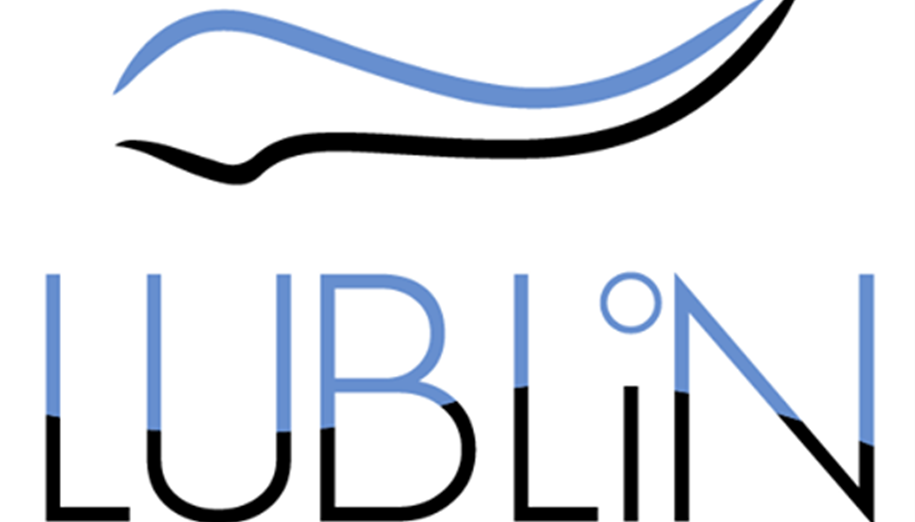Lublin
PUBLIC
Pakistan, SEECS NUST
Team Gallery
No gallery images have been uploaded.
Project Overview
Abstract:
Diabetes Type 1 community is growing in Pakistan and in the whole world. National Survey indicates 26% of Pakistani population as diabetic [1]. Diabetic type-1 community is estimated to be 7-10% of this whole diabetic community. People with this condition (diabetes type-1) requires insulin (hormone that helps body to absorb glucose from blood) to be injected externally because their Pancreas fails to produce it. In modern world, diabetic community primarily type 1, has adopted Automatic insulin injection system(AIIS) to inject insulin inside the body but in Pakistan and the other third world countries, people still rely on uncomfortable syringe injections as AIIS are not easily accessible in Pakistan and too expensive for an ordinary person. So, we aim to develop an AIIS comprising wearable insulin injection system for precise delivery of dosage and a hand-held device that will act as controller for the wearable system. Our system would be able to interface with off the shelf glucose sensors. The readings from glucose sensor would be sent to hand-held device and user would be able to decide insulin requirements and send directions to wearable pump to provide required dosage. This precise and well organized delivery will reduce complications i.e. Hyperglycaemia (high blood Glucose) and improve lifestyle of diabetic community
Existing Solutions:
Medtronic and Insulet are the two most prominent companies for AIIS. Medtronic Minimed AIIS consists of wearable Medtronic Connect glucose sensor for continuous glucose monitoring and insulin pump with tubing attached to deliver insulin inside the body. The major problem with this device is disposable tubing and insertion sets (replaceable after 3 days) attached with this that results in high recurring costs and with an insulin pump that already costs more than 7000 USD, makes insulin pump therapy much expensive. Moreover, display screens are also embedded on pump that increases weight and size of the over-all device. The system operates with AAA alkaline battery that normally lasts 3 weeks. This system has a life span of four years. On the other hand, Insulet provides OmniPod (Pump) with a separate hand held device as it’s controller for dosage delivery. Although, Omni Pod is a lightweight insulin pump but the pumping mechanism created by miniaturized gear structure is not reliable and lasts in 3 days so it makes device disposable in itself. Moreover, this system lacks automatic continuous glucose monitoring so a drop of blood has to be provided manually in the test strip of inbuilt glucose sensor at hand held device to measure value. Considering it for recurring costs ,as its cannula(needle) is directly inserted inside the body so it works without tubing sets but as it is disposable (lasts 3 days) with 30 USD/unit so 300 USD/month and 3600 USD/year makes it an expensive solution of insulin delivery
Our Solution:
Our proposed solution merges the strengths of the current state of the arts and mitigates the weaknesses on a single device. It provides direct insertion of cannula (no need of tubing and insertion sets) long life and separate hand held device as a controller on a single platform. Motor technology is being used in wearable insulin system but the major part of complex visualization circuitry powering display screens is to be shifted on separate hand held device to reduce weight, size and battery consumption at the same time. Hand held device would have a database of past records and visualization circuity to display trends like glucose readings utilizing prior records. Moreover, as display circuitry has been shifted so battery life enhancement would be an add-on to improve user experience. Moreover, for sensing system, wearable glucose sensor (CGM) would be used to directly communicate glucose readings to hand-held device and user will direct the amount of insulin to be delivered inside the body as per already prescribed dosage requirements by his/her physician. These directions would be transferred to wearable pump as actuation signal wirelessly by hand-held device, then microcontroller would drive the highly precise pumping mechanism as per received signal. If any blockage is sensed during delivery, alarm would be generated for the user. Moreover, malfunctioning of any component or unexpected readings as per the general reference stored in microcontroller would also cause an alarm to be generated for the user
About Team
Dr. Sana Ajmal (RCMS- NUST) is the supervisor of the team, known for her efforts for the cause of diabetes on international diabetes forums. She is also a certified diabetes educator and has served as a type 1 diabetes representative on Diabetes Education consultative Section (DECS) of International Diabetes Federation. She is supervising development of product and directing major changes to increase portability and ease of usage as compared to current solutions.
Dr. Syed Muhammad Raza Kazmi (USPCASE – NUST) is technical supervisor of the team and has broad experience in development of wearable medical devices in Pakistan. Teams worked in his supervision have brought wearable tremor suppression device (TAME) and provided ingenious technique of urinary stone removal (Lithomatic) in Pakistan. He is supervising system design of this project.
Dr. Asim Rasheed (CEO, Misaar Pvt. Ltd.) is supervising the business development and regulatory process for the project. He has vast experience in conceiving and running start-ups, managing diverse teams and regulatory processes governing business development.
Dr. Hamid Shafiq (Meethi Zindagi) is supervising the medical and clinical aspects of the project.
Researchers:
Asfandyar Mehmood Hamza Akram Chohan ,Muhammad Mahsheed Ali
Muhammad Abu Turab are Final Year Students of Electrical Engineering at SEECS, NUST


